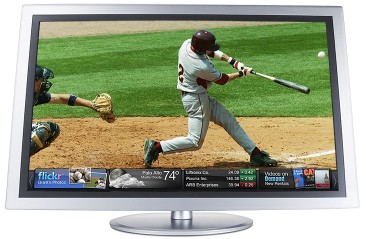 It looks like Project Canvas will go ahead after the BBC Trust, which oversees the UK public broadcaster, gave the thumbs up to the proposal, concluding that the positive impact it will have on the Internet-connected future of TV outweighed any anti-competitive repercussions.
It looks like Project Canvas will go ahead after the BBC Trust, which oversees the UK public broadcaster, gave the thumbs up to the proposal, concluding that the positive impact it will have on the Internet-connected future of TV outweighed any anti-competitive repercussions.
Project Canvas, a Joint Venture involving the BBC and competing broadcasters ITV, Channel 4 and Five, along with ISPs BT and TalkTalk, aims to produce a set of standards for delivering video over IP on set-top boxes and, eventually, Internet-connected TVs, along with other Internet content — think widgets. It was predictably opposed by the two main incumbents, Rupert Murdoch’s Sky and Virgin Media, both of which dominate the existing pay-TV market in the UK.
Presuming consumer electronics companies build out hardware that supports the new standard (they will) set-top boxes should begin to appear later next year featuring a unified program guide and delivery mechanism for all of the Project Canvas partner’s own on-demand catch up services. In other words, one box that features content from the BBC, ITV, Channel 4 and so on.
However, the real potential of Project Canvas to shake up and accelerate the advent of Internet television is that a Software Development Kit (SDK) will also be provided so that third-parties can build a range of add-on services. This could be more online video or other Internet content, such as various widgets for Twitter, Facebook, weather etc. and stuff that nobody has even thought of yet.
Continue reading »
 Rudy De Waele (
Rudy De Waele (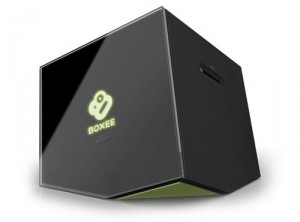 We knew it was coming
We knew it was coming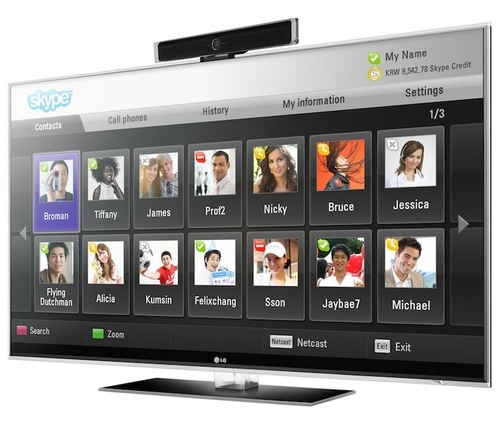 With today’s news, I can see myself upgrading my 37 inch 1080p HD television a lot sooner than I planned. Skype
With today’s news, I can see myself upgrading my 37 inch 1080p HD television a lot sooner than I planned. Skype 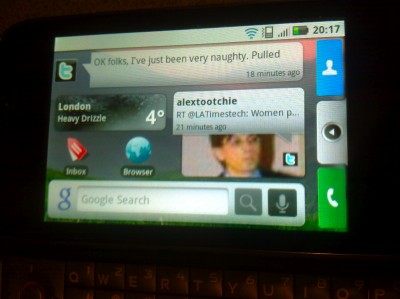 It seems that 2009 is the year of the comeback handset. Palm saw its
It seems that 2009 is the year of the comeback handset. Palm saw its  It looks like
It looks like 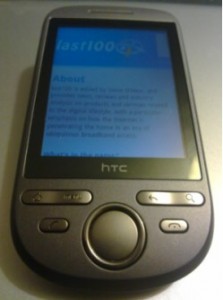 First up, an apology for not posting as regular as usual on last100. As some readers may already know, I’ve
First up, an apology for not posting as regular as usual on last100. As some readers may already know, I’ve 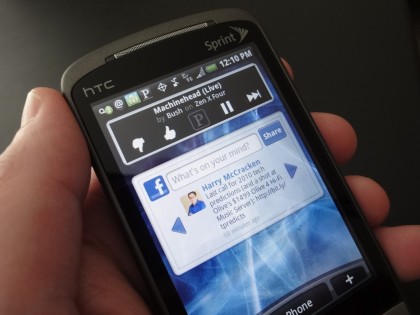
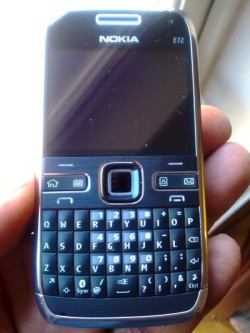 Regular readers of last100 will know how much I like Nokia’s QWERTY touting E71, with it superb keyboard and BlackBerry-esque – only more svelte – form factor. I was therefore really looking forward to the E72 (see ‘
Regular readers of last100 will know how much I like Nokia’s QWERTY touting E71, with it superb keyboard and BlackBerry-esque – only more svelte – form factor. I was therefore really looking forward to the E72 (see ‘ The Guardian has released a paid-for iPhone (and iPod touch) app that makes reading the UK newspaper on Apple’s device a truly smartphone experience.
The Guardian has released a paid-for iPhone (and iPod touch) app that makes reading the UK newspaper on Apple’s device a truly smartphone experience.